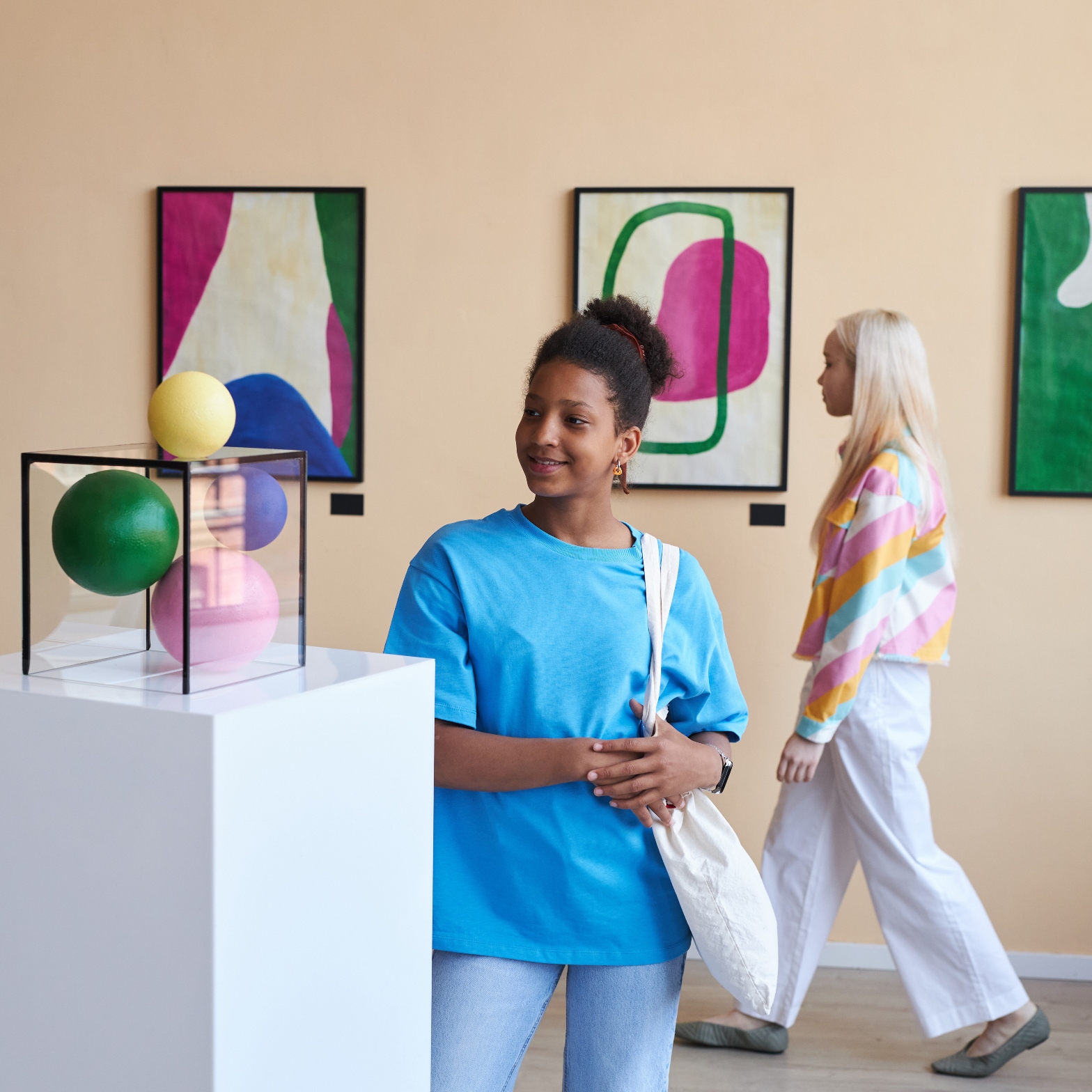Exhibitions in galleries and museums are organized with a certain concept, unifying theme, or narrative in the curator’s mind. They are meant to inspire and impress, which is achieved by means of careful exhibition planning and custom art installation. Here is a sneak peek at the behind-the-scenes process of installing art so that it can stand out and produce the needed aesthetic and emotional effect.
Pre-Installation Planning
The first stage of any exhibition’s setup is its meticulous planning and coordination. At this stage, curators work in tandem with designers and gallery staff to create the needed narrative arc for the art show. Art objects are thoughtfully selected to guarantee the proper logical and emotional flow; the plan is visualized with the help of a layout mockup to ensure that every art object is in its place. The latter can be done either on paper or using innovative 3D software tools.
Space and Light Arrangements
Besides a well-thought-out layout, art exhibitions should be organized with proper environmental preparation and lighting. These elements play a role in both technical and artistic aspects of the exhibition setup and are widely used in custom art installation. According to industry experts, proper lighting can make any art piece stand out; therefore, art galleries, museums, and fairs use adjustable LED lighting with UV filters to maximize the aesthetic statement of artwork.
Unpacking and Custom Art Installation
To install each artwork in its place, the gallery’s staff or art handlers should first unpack it in line with professional standards. Many art objects participating in group exhibitions and art fairs arrive from all corners of the state or from overseas, so they are meticulously packed in custom crates and cardboard boxes. Each object should be delicately unpacked and inspected for damage; after that, it may be placed in the designated location for the upcoming event.
Potential Risks to Consider
Though the process of installing art may seem to be rather straightforward, it still comes with many potential risks and underwater stones that should be taken into account at all stages of planning and execution. The most common installation challenges include the dimensions of art objects and the gallery space. For instance, fitting extra-sized paintings into small doors and narrow gallery corridors may turn into a serious risk. Another challenge is dealing with kinetic or multimedia pieces, the installation of which may require extensive engineering arrangements and electricity. Thus, the unique handling and installation requirements of various artworks should be carefully analyzed before the actual installation begins to avoid force majeure situations and unintended damage to art.
